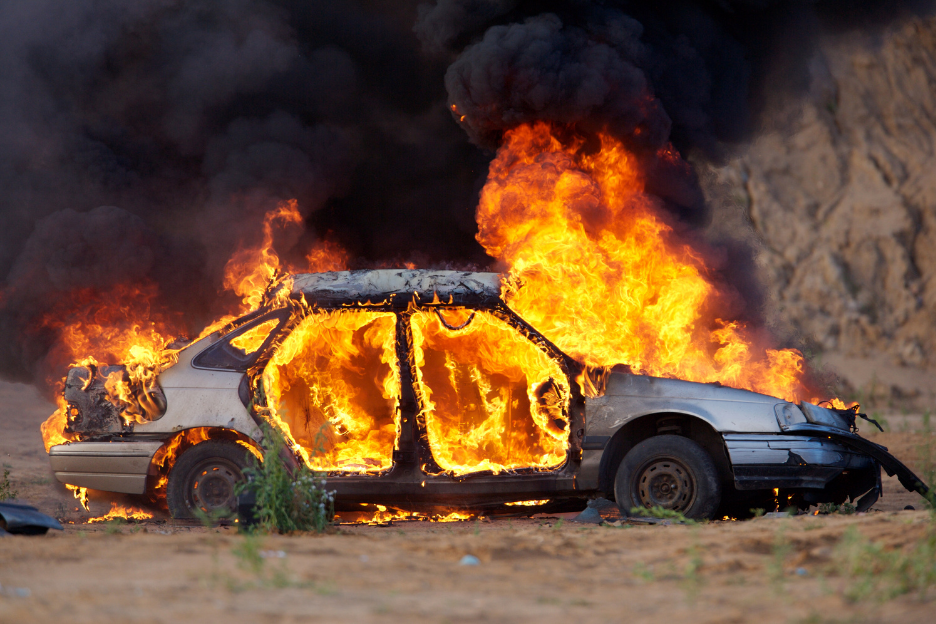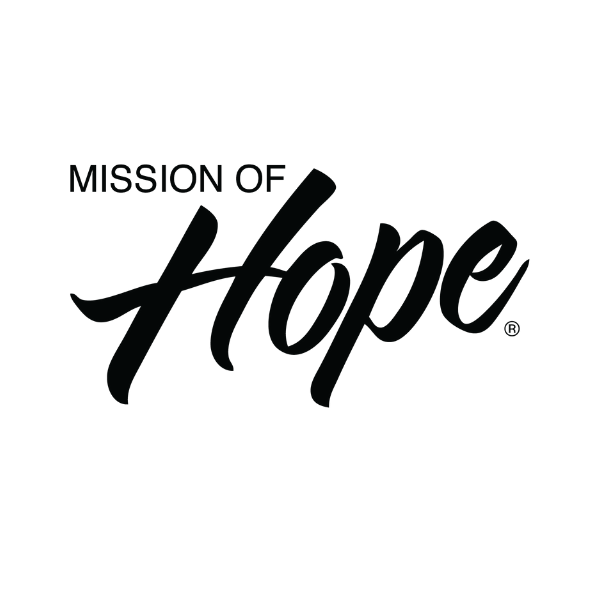1 min read
Reduce Your Vulnerability in the Event of Civil Unrest
Civil unrest can range from small, planned rallies to large-scale demonstrations and rioting. Most incidents are related to labor disputes or...

We are sometimes called to serve those in need during times of crisis. Having a comprehensive and systematized plan for aiding in disaster relief will help keep your group safe, in addition to being able to more efficiently provide aid.
Many organizations use a two-team model to form their relief efforts. The first team (comprised primarily of church leaders such as pastors and deacons) focuses on ministry aspects of the church: traditional activities such as worship, Sunday school, and youth group. The second team focuses on relief efforts in terms of rebuilding and reaching out to the spiritual needs of those in the community where they are working.
There are four phases of disaster relief:
Example: Preparing a city to handle a massive amount of water by putting in a dam and buying flood or fire insurance
Example: Establishing where to meet if communications go out or gathering supplies of water and nonperishable food
Example: Emergency feeding, obtaining everyday supplies, finding shelter
Example: Rebuilding
Difficulties can arise when responding to natural disasters. Consider all the possibilities and prepare for them:
It is imperative to understand that not every need is a call. Sometimes it is better to send money or supplies in support rather than sending volunteers. A church needs to think through: what is our vision? What is our mission? How would this specific involvement in disaster relief in a particular area fit into that vision and mission? Disaster relief is not an all or nothing involvement; there are levels of participation depending on the size of the church, the experience of its members, and the availability of resources.
Factors to consider when deciding to respond to a natural disaster:
Set expectations at the beginning: If you were sent out for 5 hours, spent 1 hour working and 4 hours talking to someone who is in need of support and encouragement, you had an incredibly successful day. An important part of disaster relief is about discipleship; not just safe and secure housing.

1 min read
Civil unrest can range from small, planned rallies to large-scale demonstrations and rioting. Most incidents are related to labor disputes or...

2 min read
Dr. Bill Pope, President of MissionSafe, was a panelist for the Standards of Excellence in Short Term Mission (SOE) webinar regarding COVID-19. He...

1 min read
For Mission of Hope (a 2024 Leave Your Mark Grant Winner), serving in Haiti means addressing some of the toughest challenges: hunger, unrest, and...